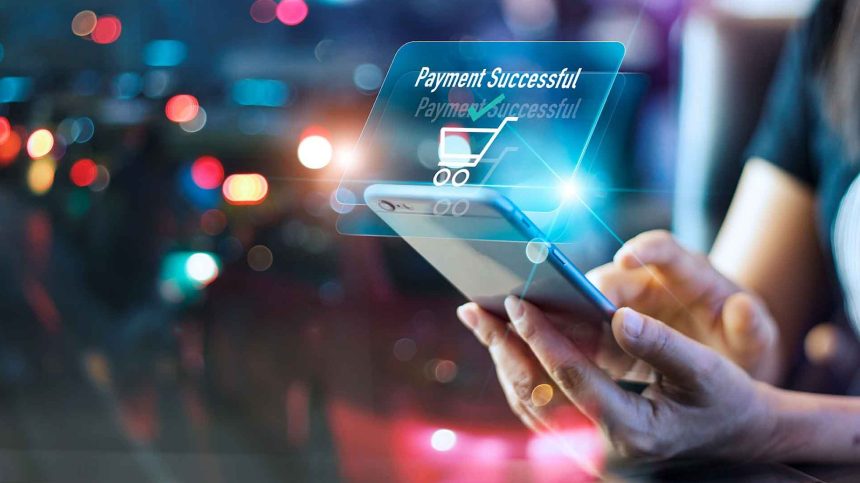In today’s fast-paced digital world, the way we handle money has drastically evolved. Gone are the days when cash and checks were the primary methods of payment. Now, with the rise of technology and internet connectivity, payment solutions have become more advanced, convenient, and secure. These modern payment methods are transforming the way we transact, impacting everything from shopping habits to business operations worldwide. Understanding these changes is essential for consumers and businesses alike to stay competitive and efficient in this new financial landscape.
The Evolution of Payment Methods
The journey from physical currency to digital payments reflects the rapid advancement in technology and consumer expectations. Initially, credit and debit cards became the dominant forms of cashless transactions, providing ease and security over carrying physical money. However, as smartphones and mobile applications surged in popularity, new payment solutions emerged, allowing people to pay instantly using their devices.
Digital wallets like Apple Pay, Google Pay, and Samsung Pay allow users to store multiple cards and pay via Near Field Communication (NFC) technology. This eliminates the need to carry bulky wallets and speeds up checkout times. Additionally, peer-to-peer payment apps like Venmo, PayPal, and Cash App revolutionized personal transactions, enabling users to send money to friends or family in seconds.
Impact on Businesses and Consumers
For businesses, adopting modern payment solutions means increased efficiency and customer satisfaction. Offering multiple payment options attracts a broader customer base and encourages faster checkouts, reducing abandoned carts in e-commerce. Subscription services and automated billing systems are streamlined with these technologies, making recurring payments hassle-free.
Consumers benefit from enhanced security features like tokenization and biometric authentication, which reduce fraud risks. Instant notifications and transaction tracking improve financial management, allowing users to monitor spending in real time. Moreover, contactless payments have gained prominence, especially amid health concerns, minimizing physical contact and improving hygiene.
Emerging Trends in Payment Technologies
The payment landscape continues to evolve with innovations such as cryptocurrencies and blockchain technology. Cryptocurrencies like Bitcoin and Ethereum offer decentralized payment options, attracting those interested in alternative financial systems. Although still not mainstream, acceptance of digital currencies is growing in online and physical stores.
Another significant trend is the rise of Buy Now, Pay Later (BNPL) services, which allow consumers to split payments into installments without interest. This method is increasingly popular in e-commerce, making high-value purchases more accessible.
Artificial Intelligence (AI) and machine learning are also integrated into payment systems, improving fraud detection and personalizing customer experiences. AI-powered chatbots assist with payment inquiries and support, streamlining customer service.
Challenges and Considerations
Despite their benefits, modern payment solutions pose challenges that must be addressed. Security remains a top concern, with cyberattacks targeting payment systems. Providers must invest heavily in encryption and fraud prevention to protect users’ data.
Additionally, digital payment adoption varies across regions due to infrastructure, regulations, and cultural factors. Ensuring inclusivity and access to these solutions for underserved populations is critical for global financial progress.
Finally, as payment technologies grow more complex, consumers and businesses need ongoing education to use them effectively and safely.
Conclusion
Modern payment solutions are revolutionizing the way we transact, offering speed, convenience, and enhanced security. From digital wallets to cryptocurrencies, these innovations are reshaping consumer habits and business models alike. Embracing these technologies thoughtfully can lead to more efficient financial ecosystems, benefiting everyone involved. Staying informed and adaptable is key to navigating this dynamic payment landscape successfully.














